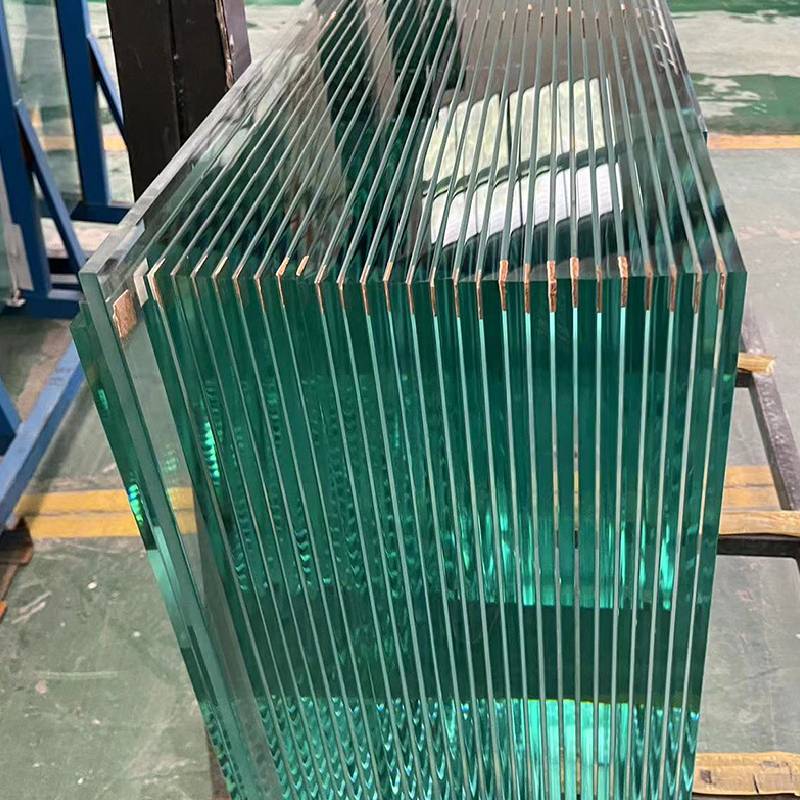Ное . 03, 2024 07:18
The Types of Architectural Glass
Architectural glass plays a pivotal role in modern construction, not just as a material, but as a design element that enhances aesthetics, functionality, and sustainability. This versatile medium is categorized into various types, each serving distinct purposes, properties, and applications.
1. Float Glass
Float glass is the most commonly used form of architectural glass. Produced by floating molten glass on top of molten tin, it has a smooth surface and uniform thickness. Its primary use is in windows and facades, providing clarity and durability. Float glass can be treated or processed for specific applications, including tempered or laminated versions to increase safety and performance.
2. Tempered Glass
Tempered glass is heat-treated to withstand greater stress and temperature variations compared to standard glass. This type of glass can be up to five times stronger than non-treated glass and, when shattered, it breaks into small, blunt pieces, reducing the risk of injury. Commonly used in facades, doors, and shower enclosures, it offers durability while maintaining an elegant appearance.
Laminated glass consists of two or more layers of glass with an interlayer, typically made of polyvinyl butyral (PVB). This construction enhances safety and sound insulation. It holds together when shattered, making it ideal for applications in skylights, overhead glazing, and storefronts. Moreover, laminated glass can provide UV protection and is available in various colors and patterns.

4. Insulated Glass Units (IGUs)
Insulated Glass Units are designed for energy efficiency, comprising two or more panes separated by a spacer filled with air or gas, enhancing thermal performance. IGUs help to reduce energy consumption in buildings and improve comfort. Their applications are widespread, including residential and commercial buildings, where they contribute to sustainability.
5. Low-E Glass
Low-emissivity (Low-E) glass is coated with a thin layer of metal oxide, reflecting infrared energy while allowing visible light to pass through. This property significantly improves thermal insulation and energy efficiency, making it a popular choice for eco-friendly designs. Low-E glass is often used in modern buildings to minimize heat loss and gain, thus promoting a more comfortable indoor environment.
6. Reflective Glass
Reflective glass is coated with a metal layer that reflects solar radiation, helping to control heat absorption and glare. This type of glass not only provides energy efficiency but also enhances privacy on higher floors, as it appears mirror-like from the outside. It’s often used in commercial buildings where reducing cooling costs is a priority.
Conclusion
The use of architectural glass is a testament to the fusion of functionality and artistic expression in modern architecture. As design trends evolve, these various types of glass will continue to play a critical role in shaping the built environment, offering sustainable solutions and enhancing the aesthetic appeal of structures worldwide. Whether for residential homes, commercial properties, or cultural landmarks, the strategic selection of glass can significantly influence a building’s character and energy performance.
The Role of Mirror Glass in Luxury Interior Design
NewsJun.23,2025
The Best Textured Glass for Bathroom Windows
NewsJun.23,2025
Residential Glazing Energy Efficiency Requirements
NewsJun.23,2025
Float Glass Uses
NewsJun.23,2025
Clear Float Glass For Solar Panel Covers
NewsJun.23,2025
Benefits Of Using A Glass Mouse Pad Over Traditional Ones
NewsJun.23,2025